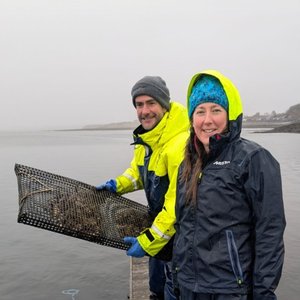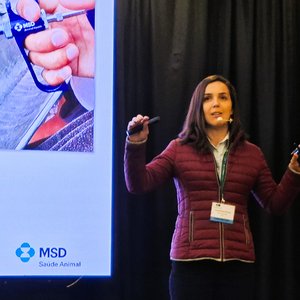Abstract
Lates calcarifer (Bloch), commonly called the giant sea perch or seabass, is an economically important food fish in the tropical and subtropical regions of Asia and the Pacific. It is commercially cultivated in Thailand, Malaysia, Singapore, Indonesia, Hong Kong and Taiwan, in both brackishwater and freshwater ponds, as well as in cages in coastal waters. Because of its relatively high market value, it has become an attractive commodity of both large to small-scale aquaculture enterprises. However, the major constraint to rapid expansion of seabass culture has been the inconsistent supply of fry collected from the wild. It fluctuates widely from year to year, making forward planning for production difficult. In the early 1970's, Thai scientists have achieved success in the breeding of seabass under captive conditions. Completion of its life cycle has also been accomplished. Growth performance of the hatchery-bred fry has been shown to be comparable with that of fry collected from the wild. Thailand is presently producing more than 100 million fry annually (Anon. 1985), with the Satul Fisheries Station producing more than 30 million (Kungvankij 1984). Thus, the seabass culture industry in Thailand is now assured of sufficient and consistent supply of fry. In order to extend the technology of seabass culture, this manual is prepared to serve as a practical guide for extension workers and farmers. Its contents are based on research findings in addition to many years of accumulated practical experience and field observations.
Author(s)
P. Kungvankij, L.B. Tiro, Jr., B.J. Pudadera, Jr., and I.O. Potesta
Publication
Regional Lead Centre in the Philippines Aquaculture Department, Southeast Asian Fisheries Development Center
NETWORK OF AQUACULTURE CENTRES IN ASIA
Bangkok, Thailand
September 1985
Click the link below to read the manual.







